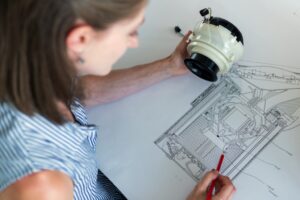
Source: dennemeyer.com
We all know the famous inventors—Thomas Edison, Alexander Graham Bell, the Wright brothers. But what about the inventions they created that didn’t quite make it big? In this blog post, we will explore some of these lesser-known inventions and the stories behind them. You may be surprised to learn that some of these famous inventors were behind some pretty strange and even failed inventions.
Thomas Edison – The Light Bulb
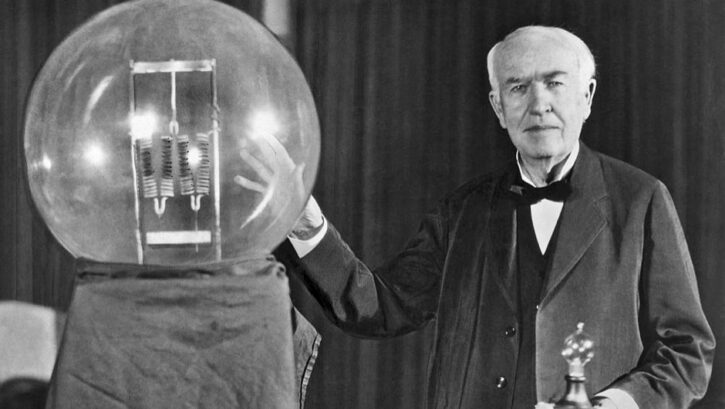
Thomas Edison is one of the most famous inventors in history, and is best known for his invention of the light bulb. However, Edison also held patents for a number of other inventions, including the phonograph, the motion picture camera, and the incandescent light bulb.
He also developed a number of other inventions, including an electric pen and a process for making cement.
Despite his many accomplishments, Edison is perhaps best remembered for his work on the light bulb. His invention changed the way we live and work, and paved the way for modern lighting technologies.
So, when it comes to patenting your own invention, remember that even the great Thomas Edison had to start somewhere. The most important thing is to get started and to keep working at it. With a little hard work and perseverance, you, too, can be a successful inventor. InventHelp is, for example, a company that helps inventors patent their inventions and get them to market. Reviews for InventHelp are positive and they have a good BBB rating.
Benjamin Franklin – The Bifocals
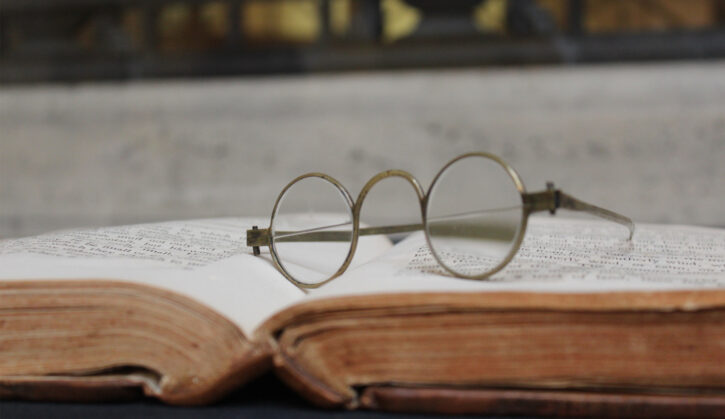
Benjamin Franklin is best known as one of the Founding Fathers of the United States, but he was also a prolific inventor. One of his most famous inventions is bifocals, a type of eyeglass with two separate lenses for nearsightedness and farsightedness.
Franklin first developed the idea for bifocals while working as a printer. He often had to switch between reading and writing, and found it difficult to adjust his vision each time. In 1784, he came up with the idea of having two different lenses in one frame, so that he could see clearly at both close and far distances.
Bifocals quickly became popular among other people who needed corrective lenses for both nearsightedness and farsightedness. Today, they are still widely used by people of all ages.
Alexander Graham Bell – The Telephone
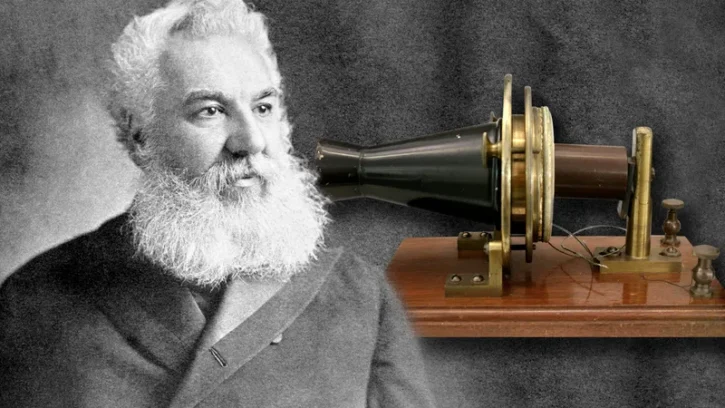
Alexander Graham Bell was not only the inventor of the telephone, but also held more than 18 other patents. He is credited with inventing the hydrofoil, an early version of the metal detector, and a device for transmitting sound by light waves.
While the telephone made Bell’s name famous around the world, he continued to work on other projects. In 1880, he founded the Volta Laboratory Association, which developed new ways to transmit sound and electricity. Among their accomplishments was developing a method for taking X-ray photographs.
Henry Ford – The Automobile
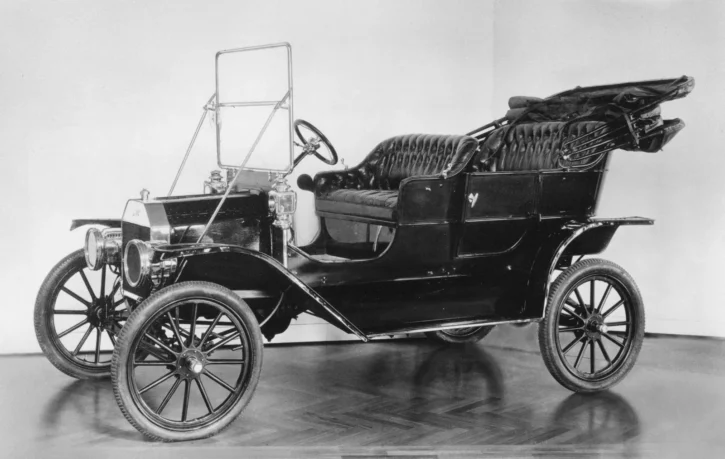
Henry Ford is one of the most famous inventors in history, and his invention – the automobile – has had a profound impact on society. However, what many people don’t know about Henry Ford is that he also invented the moving assembly line, which revolutionized manufacturing and made mass production of goods possible.
The moving assembly line was first used to produce automobiles at Ford’s factory in Highland Park, Michigan, and it soon became the standard method of manufacturing for many industries. The success of the moving assembly line led to Ford’s creation of the Ford Motor Company, one of the largest and most successful businesses in the world.
While Henry Ford is best known for his work with automobiles, it is clear that his invention of the moving assembly line was just as important – if not more so. Without this crucial invention, modern society would look very different indeed.
Conclusion
While these famous inventors are known for their major contributions to society, it’s interesting to see that they also had a hand in some lesser-known inventions. Next time you’re feeling stuck, remember that even the greats had to start somewhere. Who knows? Maybe your next big invention is just around the corner.


